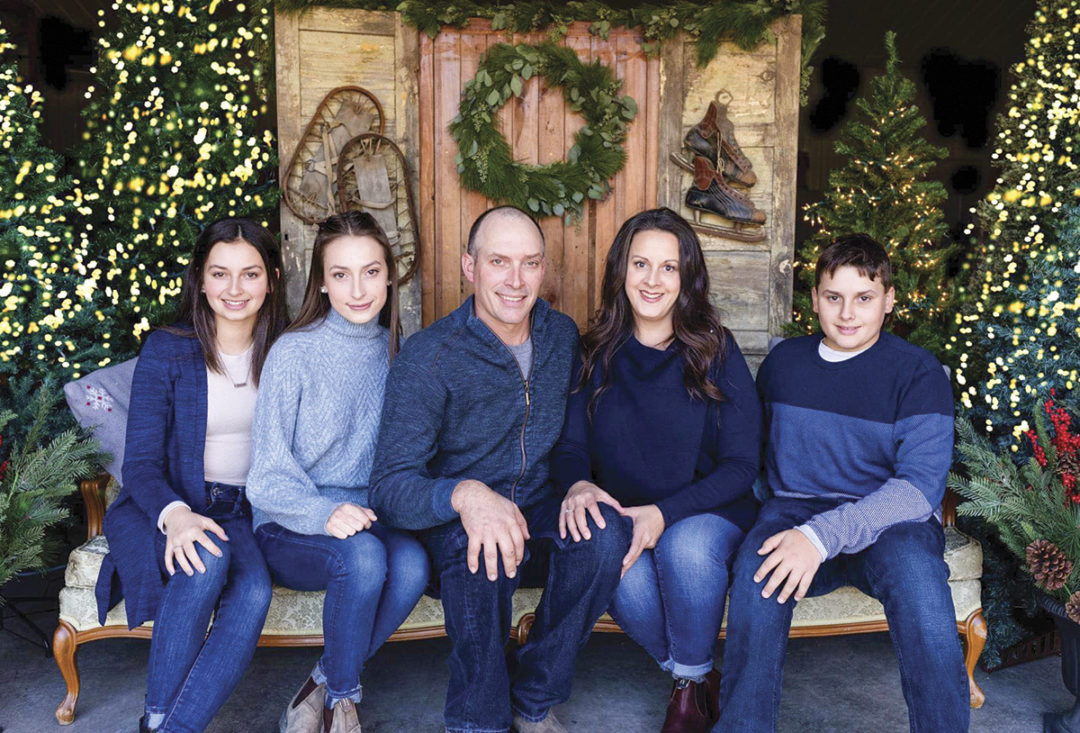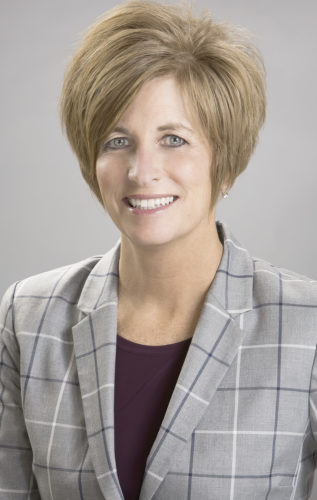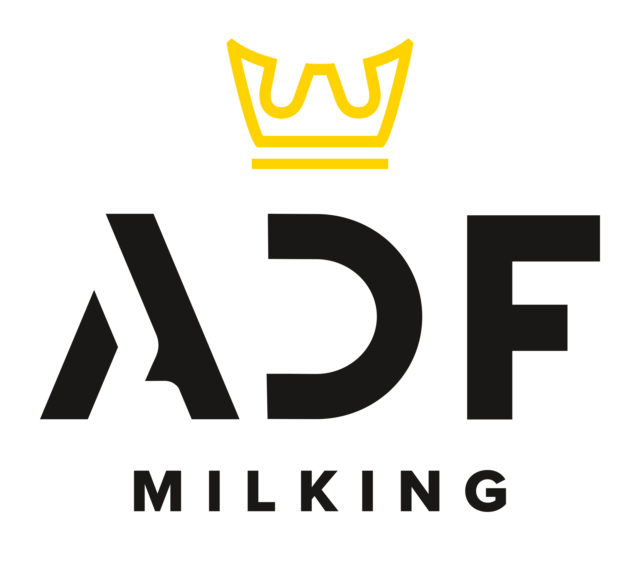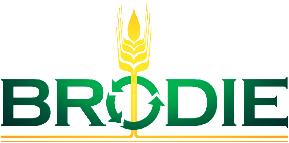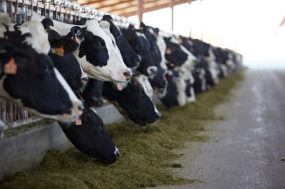To read this article in French, click here.
Each fall, the country goes to the city of Toronto to attend the regal Royal Agricultural Winter Fair. Beef cattle, sheep, chickens, wheat, cheese, pumpkins and hundreds of other agriculture products are exhibited. In addition to a horse show that boasts Olympic riders, there are two days reserved for the show of the year for the top dairy youth from eastern Canada – the TD 4-H Classic.
According to Chairman Murray Reissner, in 2022 more than 360 youth exhibited cattle to earn top honours in showmanship and type classes. The Classic is a long-standing tradition, and getting there is a model of hard work and dedication with only eight participants from each county allowed to exhibit.
While at first glance the TD 4-H Classic may look like a chance for youth to exhibit their 4-H project cattle, it is so much more. Youth learn extensive life skills such as responsibility, dedication to hard work and how to fill out paperwork in a timely manner. While honing their showing skills, they learn important animal husbandry practices that can prepare them for a career in the dairy industry. Along with all of this, they learn teamwork and leadership practices.
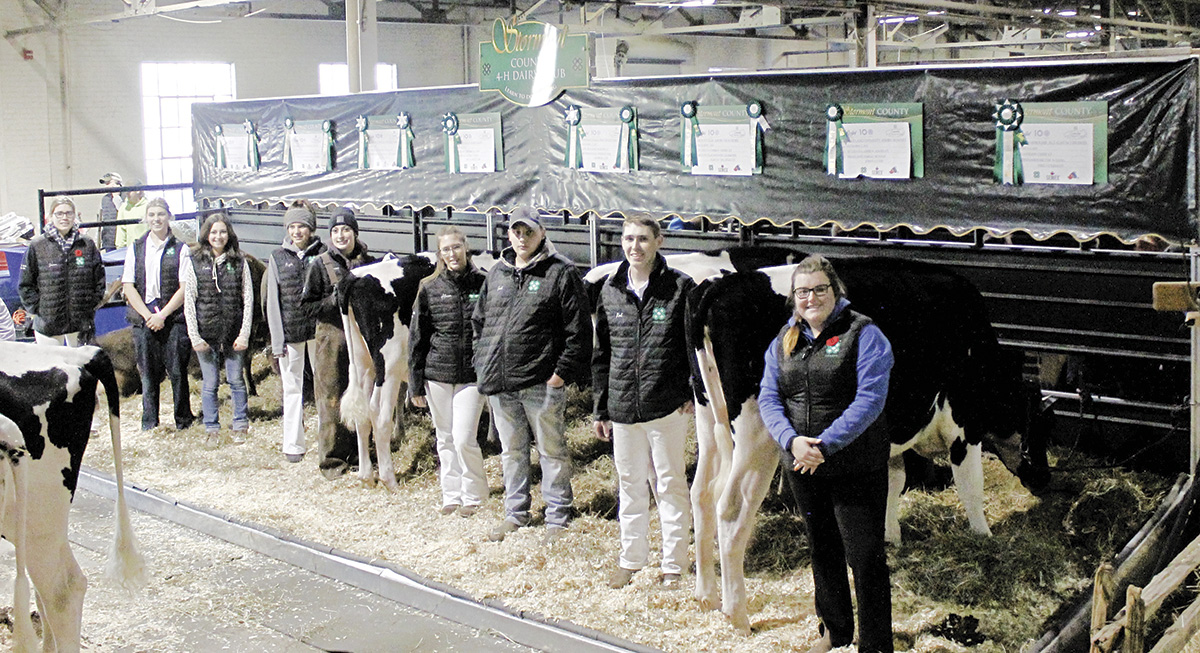 The Stormont County group at the 2022 TD 4-H Classic where they excelled in both conformation and showmanship classes. Courtesy photo.
The Stormont County group at the 2022 TD 4-H Classic where they excelled in both conformation and showmanship classes. Courtesy photo.
Key to the success of this youth development trip is that the process begins with knowledgeable, dedicated and selfless leaders. Bobbi-Jo Uhr of Knonaudale Farms in Crysler, Ontario, is one of many leaders that make sure the trip to the Royal is more than just another cow show. Uhr is a talented showmanship coach, a keen breeder of high-type cattle, and she possesses a willingness to give back to youth in an extraordinary way. Uhr; her husband, Christoph; and friend Joe Krol prepare youth and cattle who will be attending the Royal from Stormont County, Ontario. Uhr has several tips on preparing youth, who in turn prepare their own cattle, for a successful summer of showing.
First and foremost, youth are required to have their calves and heifers registered with the 4-H office by June 1 of the competition year. Many youth purchase a calf while others lease a calf or heifer from neighbouring farms. Youth must be 12 years old in order to attend the Royal; many wait with great anticipation for this special year. By filling out these forms accurately and timely, youth learn the importance of following deadlines. These deadline responsibilities carry on into the fall when Royal registrations are due the day after Thanksgiving.
In early April, the Stormont dairy group begins their meetings with club members across the three county dairy clubs. The clubs require at least 12 hours of meeting time in order to be eligible to head to the big city in November as well as to complete their dairy club experience. Club meetings offer a variety of educational opportunities to learn as much as possible about raising a show heifer and developing a dairy enthusiast. Club meetings usually consist of the following activities and learning sessions:
- Knonaudale Farm hosts youth to work with heifers that are already broke to lead. This allows youth to focus on their technique rather than teaching a calf to lead.
- Experienced youth leaders are paired with inexperienced youth so they have the benefit of one-on-one training. This builds both leadership and teamwork skills.
- Some weeks, the meeting time is dedicated to watching videos of previous Classic showmanship competitions. Youth are encouraged to watch people that they look up to as well as others that have won the competition, encouraging a respect for others.
- Dairy judging is part of the training as Uhr and the other leaders feel it is very important to know the faults of your animal and how to show her to her best advantage.
- Nutrition is a key factor in successfully raising cattle. Without it, reproductive problems, growth challenges and overall health can be compromised. Nutritionists as well as successful show people are invited to meetings to share their ideas and to talk about their feeding programs.
- A feeding routine is taught as well. Uhr teaches youth to measure their feed, tie them up to eat and be watered, and to be consistent with the process, as well as the time of day that animals are fed. Youth are taught to introduce new feeds at home as opposed to hoping cattle will eat a new feed at the show.
- Uhr and other county leaders feel very strongly that animals should bond with their showman to succeed in showmanship. They teach youth to tie up for feeding, tie at the wash rack for 15-20 minutes, wash and then walk the heifer for another 20 minutes. They encourage the practice that animals should always be walked with their heads up and, whenever possible, a show halter should be used for training.
- Animals must be healthy to exhibit at Achievement Day or at the Royal. They must be free of ringworm and other contagious diseases, and ringworm spots must be less than 2 inches, in the healing stage and have hair growing through. Reissner encourages county groups to have alternates in case animals get ringworm late in the fall and are unable to attend the Royal. This ensures that each county will have the maximum eight head.
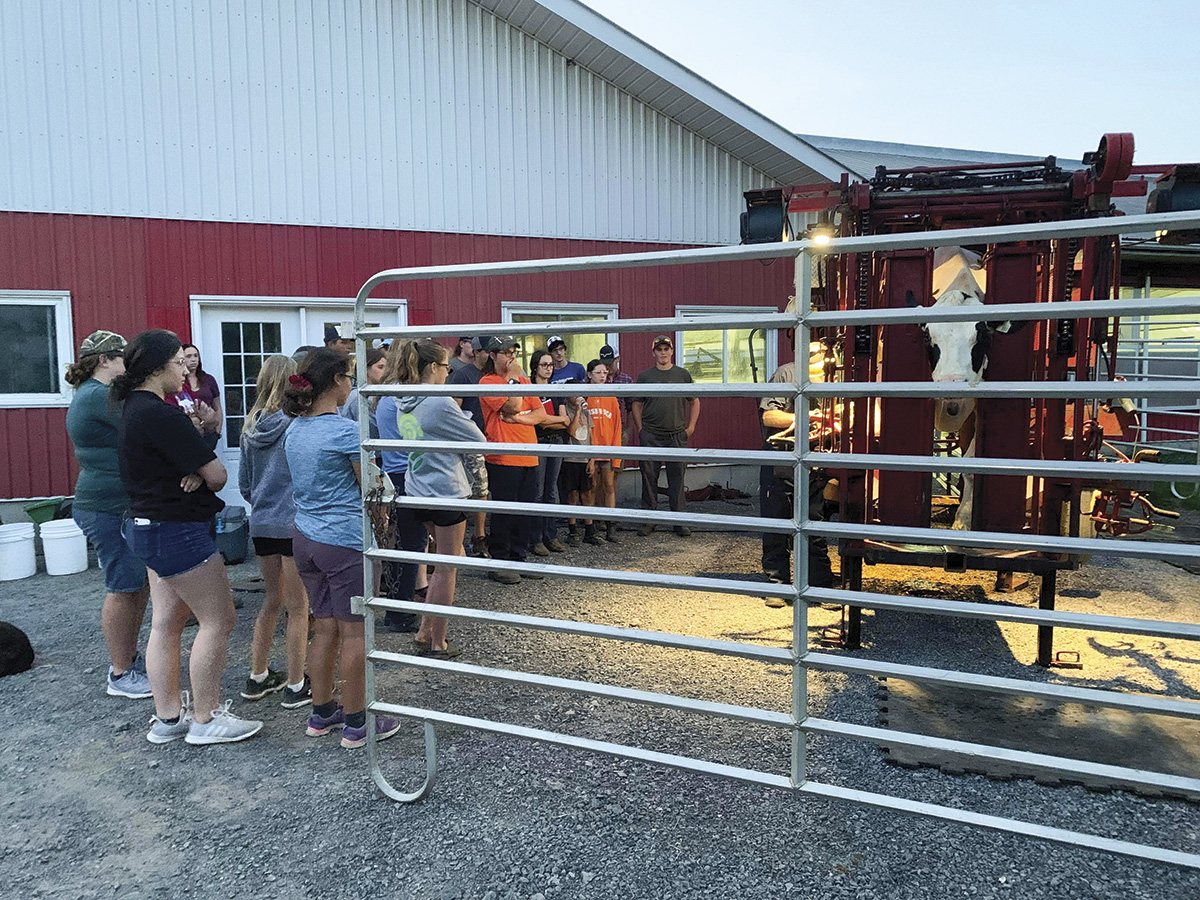 The Stormont 4-H club watches a hoof trimming lesson at a club meeting. Courtesy photo.
The Stormont 4-H club watches a hoof trimming lesson at a club meeting. Courtesy photo.
All about teamwork
Both Uhr and Reissner stress that the Classic is all about teamwork – a life skill that is essential to success as an adult in almost any situation. This begins with those club meetings and follows right on through the process to the show at the Royal.
Team members are chosen for the Stormont County team once the 4-H club Achievement Day is complete. Selected first are the top five best conformation calves as placed by the judge in the championship drive at Achievement Day. Selected next are the best three showpersons as they are placed by the judge in the champion showmanship class. These are youth who are were not involved with the top five calves. A herdsperson is selected as well to serve as an alternate.
Fundraising is done by the team members as the trip costs around $5,500, with the largest expense being hotel rooms. Some meals are sponsored by the TD Classic, and members often eat at the Royal food court. When leaving the pack area to get meals, members are with a buddy or two, further building relationships and keeping safety in mind.
Once at the Royal, the team building that has taken place really kicks in. Uhr and her leadership team focus on the individual strengths a youth possesses when developing the chore-time team. During chores, there is a wash team with two members, a person taxiing heifers back and forth, two members working on cleaning out and rebedding the pack, while a few feed hay and gather supplies. Everyone is responsible for keeping the exhibit looking its best by sweeping, hauling manure out, brushing cattle and doing other tasks so that when the public comes through, the Stormont County display is clean. One team will stay later in the evening while the other half of the group leaves earlier in the evening and is back first in the morning to get started on the day.
Reissner shared that teamwork is an essential element of any group attending the Toronto show. Everyone is expected to give 100% for the few days that teams are at the show. He explains that while there are tasks that are less glamourous than others, every team member is expected to be available to do a job, no matter what that job may be. The trip to the Royal is not just about showing cattle; it is about building skills that are useful as adults in any field.
In 2022, the Stormont County team caught the eye of many at ringside with their outstanding showmanship results as well as their conformation class results. Myla Bretzler was on the halter of Knonaudale Sassy Jazzy as she won the spring heifer calf class and went on to be named the All Ontario 4-H spring calf, recently. Kiel Coleman exhibited the second-place spring yearling, and several other team members placed in the top of the competitive conformation classes.
The TD 4-H Classic Showmanship contest is perhaps the most competitive showmanship contest in the world, and as such, placing anywhere near the top of the class is a feat. Nadia Uhr placed third in intermediate showmanship, while her sister Jasmine placed eighth in senior showmanship. All five showmen from Stormont were in the top 20 of their class exhibiting the precision skills learned throughout the summer at those club meetings.
A trip to the prestigious TD 4-H Classic at the Royal is the goal of many 4-H members from across eastern Canada, and is the culmination of hours of hard work, dedication and team building. Led by a team of volunteer leaders ready to give it their all, the skills learned in achieving this trip are skills that will last a lifetime. Relationships built around this opportunity have lasted and helped to strengthen the Canadian dairy industry by encouraging young people to stay involved. Bobbi-Jo Uhr is just one of many volunteers who continue to share their knowledge, precision coaching and outstanding cattle with youth to ensure the continuation of strong dairy leaders in Ontario and beyond.
